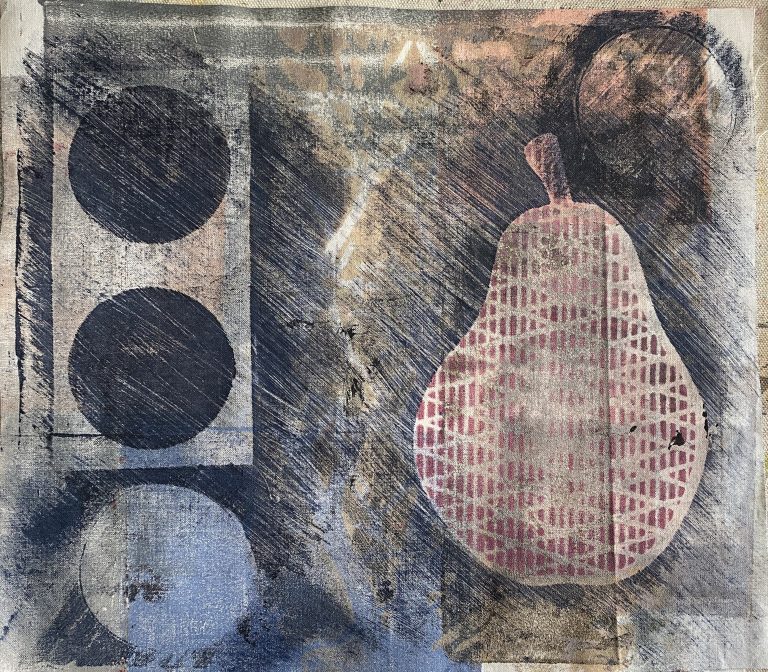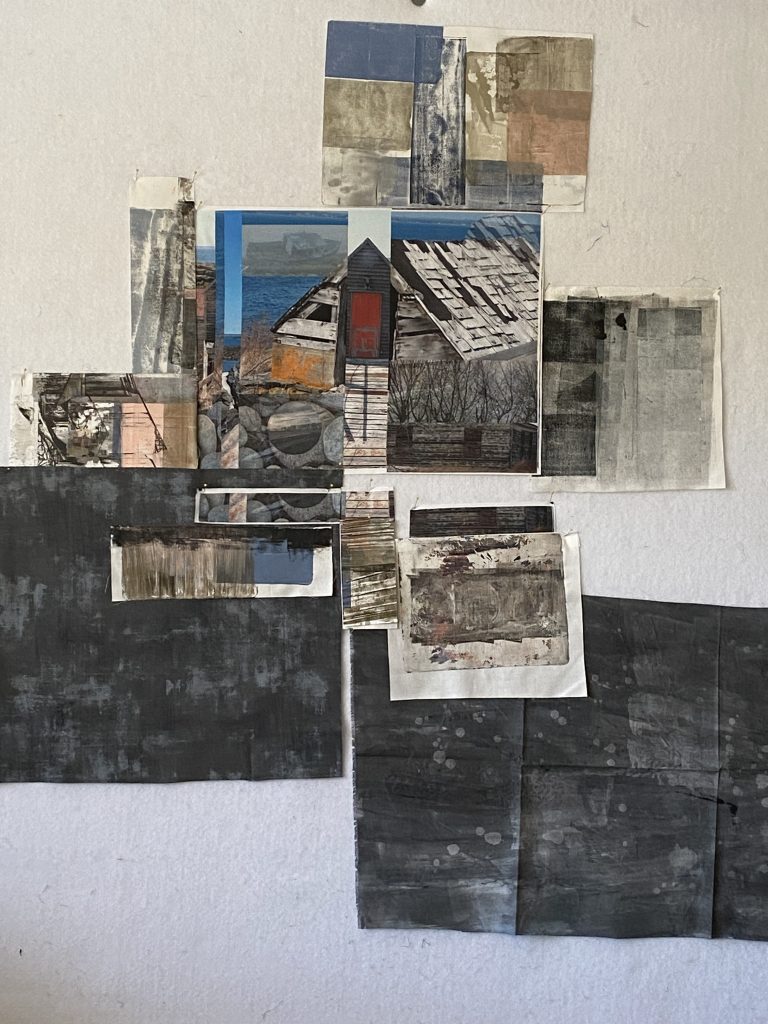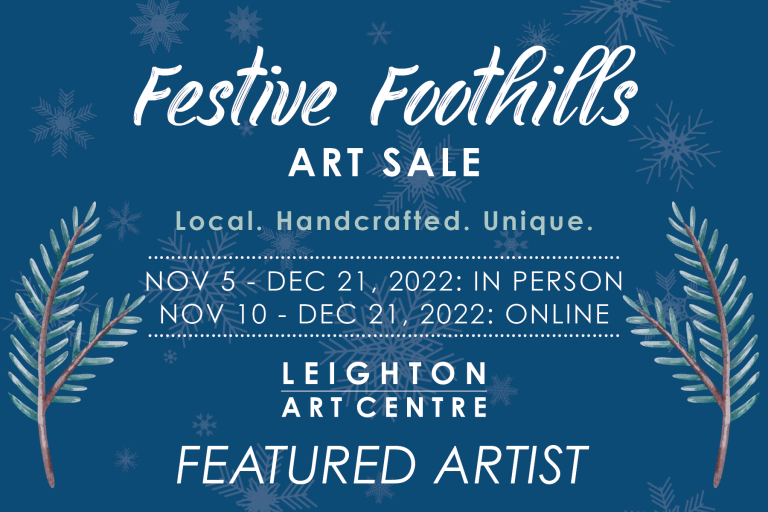The Language of Folds

As I work through the FibreArt Takes Two course Unbound, I’ve arrived at the chapter on concertina books – one of my favourites. There is something irresistible about the concertina book—its rhythm of folds, its breath between open and closed, its ability to stretch like a path or collapse into a secret. The simple act of folding a continuous strip into rhythm and repetition feels both ancient and fresh—like a dance between structure and freedom.
Keeping in mind that I wanted to experiment on fabric rather than paper, I went to the fabric store the day before. I walked past the bolts of cloth and threads of colour and headed straight for the interfacing section—shelves stacked with quiet, unassuming materials. One by one, I chose the ones that seemed to hold possibility, imagining how they might fold, crease, and carry an image. I left with a meter of every sew-in variety I thought might work, an armful of potential, like gathering blank pages waiting to be written.
One of the action items for the module was to search for and study artists who use this form as their voice. While doing so, I stumbled upon a book that made me pause. A few images on a screen, accompanied by very few words, but perhaps that was the point. It caught at me, sudden and sharp, like an intake of breath. Some works don’t ask to be explained—they invite you to enter.
I set about experimenting, as much to understand as to create. Kraft-Tex seemed like a promising start (see more about that below). By asking in the forum when I posted some photos, someone told me that if I dampened it before pressing, the creases would hold. I tried it and it worked; it was as though the material itself had learned to bend and remember. Images transferred to it as if they had always belonged, a seamless merging of surface and story. It was a moment that made me smile, sway, and do a happy dance.
In the quiet stacks of fabric beside my studio wall, I uncovered a forgotten piece: red, monoprinted, textured, alive with movement. It became the perfect skin for the outer pages, bold and resonant. For the inside, I used Pellon interfacing layered with images. It was narrower, uneven against the Kraft-Tex, yet the imbalance made it sing. The two layers spoke to each other—different voices, one conversation.
This morning, I woke with ideas crowding the edge of sleep. I caught them quickly in my workbook, sketching and scribbling before they could fade. What began as a test has become a beginning. Something is stirring in the folds, waiting to emerge.
Alongside these first trials, I also created another set of concertina-style books to see how different materials might behave. One uses Kraft-Tex for the accordion folds—beautiful, but thick enough that it refuses to stay closed on its own. I suspect it needs to be weighted down, perhaps even dampened before folding—more experimentation ahead. In another, I replaced the Kraft-Tex with Pellon sew-in interfacing for the folds, then layered the pages with scraps of fabric to explore texture and rhythm. Both versions feel like stepping stones, small studies in preparation for the larger textile book I have in mind.

Every test, every fold, every layer teaches me something new. I don’t yet know the final shape this idea will take, but the process itself feels alive – part discovery, part dialogue with the materials. But perhaps that is the beauty of the concertina: it reveals itself slowly, one crease, one opening at a time.
Thanks for reading, Until I write again, I’ll keep folding …
Ana





